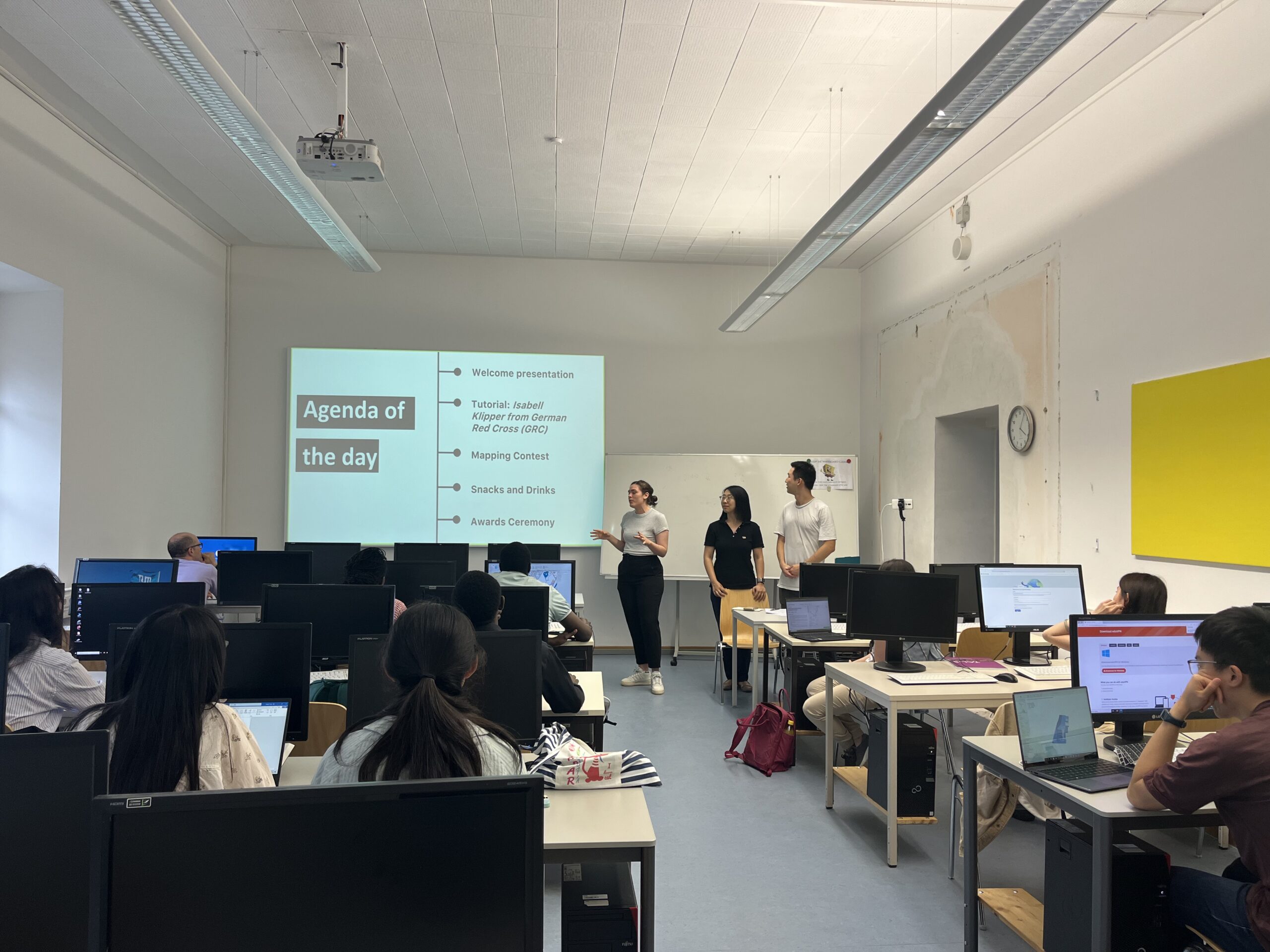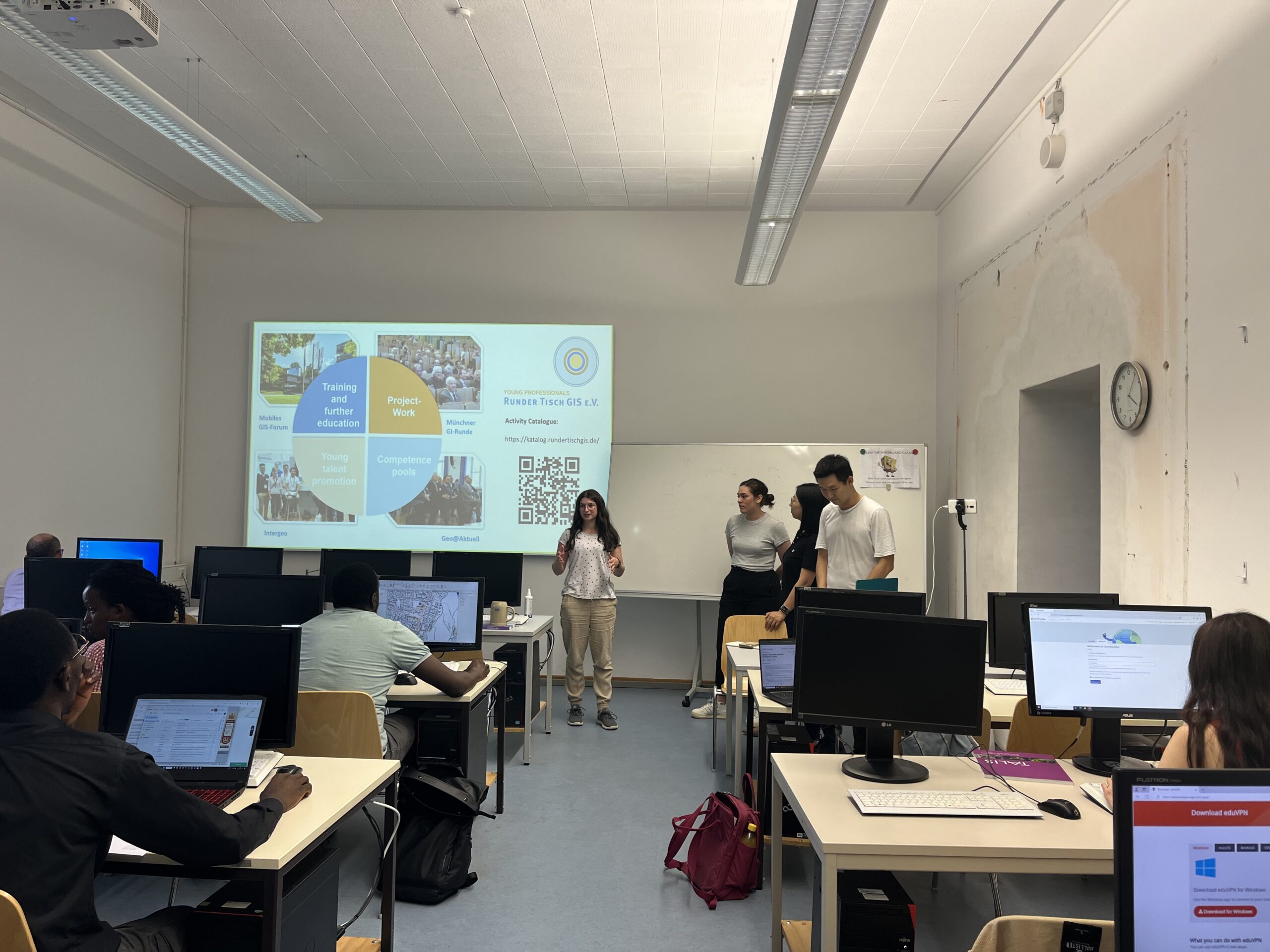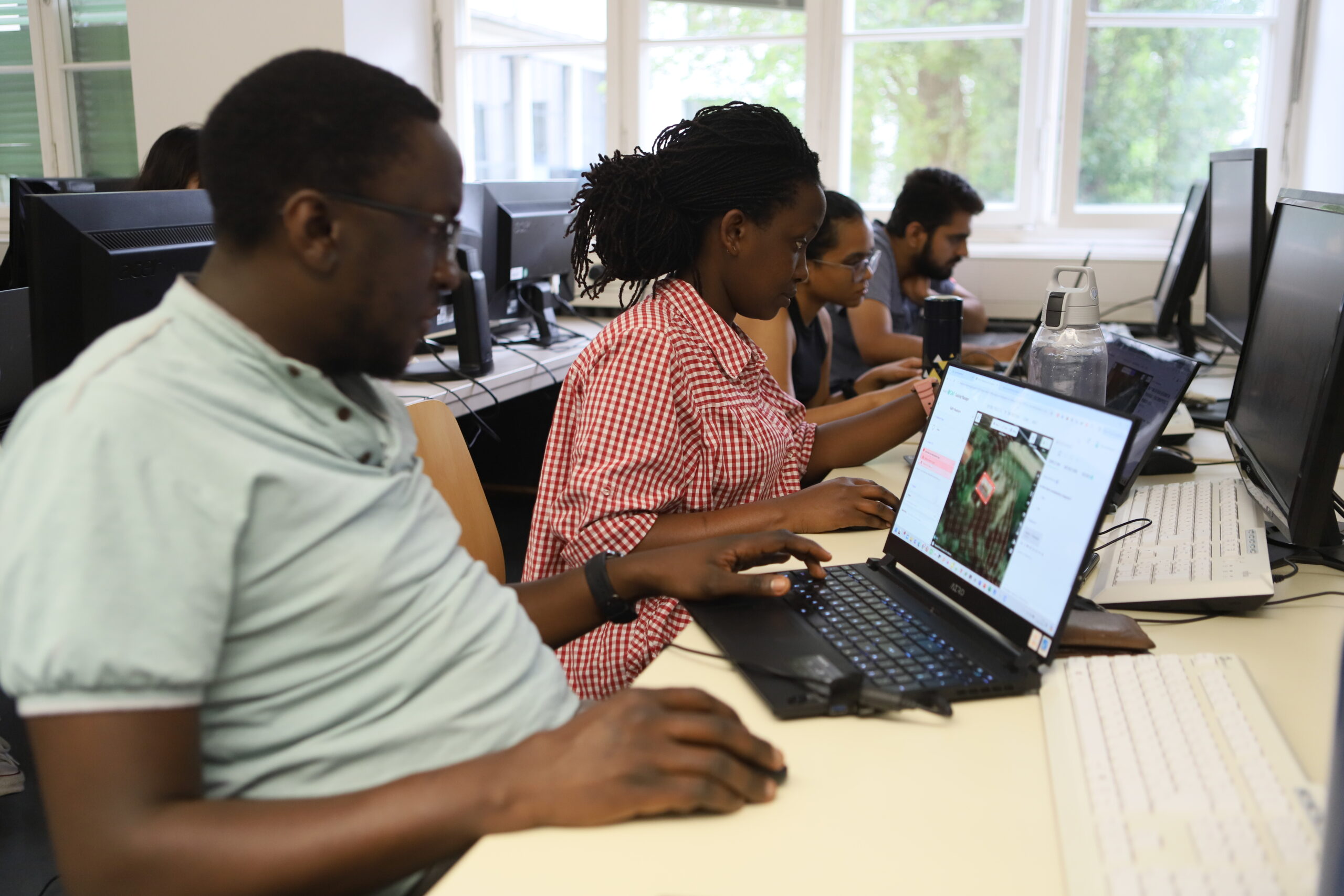
From Digital Footprints to Urban Intelligence: Leveraging Public GPS Traces
In our increasingly connected world, public GPS traces are a powerful tool for understanding human movement and geographical interactions. These digital footprints offer a window into the patterns of mobility that shape our world.
What are Public GPS Traces?
Public GPS traces are anonymized datasets that consist of geographical coordinates collected from devices equipped with GPS technology. These traces represent the movement of individuals or objects over time, providing insights into:
- Urban mobility patterns
- Traffic flow dynamics
- Geographic usage trends
- Popular routes and destinations
The beauty of public GPS traces lies in their collaborative nature.
Many services encourage users to share their GPS data, creating a vast, crowd-sourced repository of movement information that fuels analytical projects and enhances our understanding of human geography.
Harnessing the Power of Collective Data
Examples of Services Using Public GPS Traces
Several platforms have recognized the potential of public GPS and integrated them into their services:
OpenStreetMap (OSM)
OSM is a free, editable map of the world that is a collaborative project and testiment to the power of collaborative mapping. Using OSM, you’re able to:
- Verify existing map information
- Identify and add missing paths of roads
- Enhance the accuracy and detail of global cartography
By allowing users to upload their GPS traces, OSM continually refines its maps, ensuring they reflect the most up-to-date geographical realities.
These traces are crucial for the accuracy and expansion of OSM’s detailed global map.

Public GPS traces in Budapest. Source: OpenStreetMap
Strava
Strava, a popular fitness tracking platform, is popular among athletes, particularly runners and cyclists. Through its Strava Metro program, the company aggregates and anonymizes GPS traces from millions of activities to:
- Identify popular cycling and running routes
- Assist in urban infrastructure planning
- Provide insights for public health initiatives
Strava also uses aggregated public GPS data to generate heatmaps showing popular routes, aiding new users in finding recommended paths for their activities.

Public GPS traces in Budapest. Source: Strava
These examples illustrate how public GPS traces, when harnessed effectively, can bridge the gap between individual movements and collective urban intelligence, paving the way for smarter, more responsive cities.
Case Study: Detecting Population Density in Cities
A fascinating application of public GPS traces is studying urban population density and movement, particularly in cities like Budapest, Kraków, and Berlin. This case study involves several steps, utilizing GPS data to generate insights into how locals and tourists frequent areas of these cities.
Data Collection
The initial step involved downloading GPS points’ locations from Budapest, Kraków, and Berlin using the API provided by OpenStreetMap. This API allows for the extraction of GPS traces within specified geographical boundaries, making it possible to gather comprehensive data on movements within these cities. The most recent 500,000 points were downloaded to perform trends in visiting places in the mentioned cities. This data, representing both locals and tourists, offered a unique opportunity to analyze real-time urban dynamics.
Data Analysis and Visualization
Using GIS software, the collected data points were first visualized directly. This initial visualization aimed to identify which streets and areas had the highest rates of visitors. However, directly plotting the points on a map proved to be ineffective; the sheer volume of data points made the tool slow and the resulting visuals cluttered and difficult to interpret.
To resolve this, a more refined approach was taken using a Heatmap (Kernel Density Estimation) tool within the GIS software. This method processes the geographical data points to produce a smooth gradient heatmap, indicating areas of high concentration without the clutter of individual data points. This visualization was not only faster but also provided a clearer, more useful representation of traffic and population density.
Key Findings and Implications
The heatmaps revealed several insights:
- High-Traffic Hotspots: Our analysis identified major hotspots, key areas in each city with consistently high foot traffic
- Tourist vs Local Patterns: By comparing data patterns, we can distinguish between areas frequented by tourists and those popular among locals
- Temporal Variations: Through heatmaps, we can see how population density fluctuates throughout the day and week, offering insights into urban rhythms

Case study – Budapest: OSM visualization, GPS points, Heatmap (based on points), Heatmap (Kernel Density Estimation algorithm)

Case study – Berlin: OSM visualization, GPS points, Heatmap (based on points), Heatmap (Kernel Density Estimation algorithm)

Case study – Kraków: OSM visualization, GPS points, Heatmap (based on points), Heatmap (Kernel Density Estimation algorithm)
Applications of Heatmaps in Various Fields
Heatmaps generated from public GPS traces find utility across multiple domains:
- Urban Planning: Planners use heatmaps to identify heavily trafficked areas that might benefit from infrastructural improvements such as wider sidewalks, more crosswalks, or enhanced public transportation services.
- Retail Strategy: Retailers can analyze heatmaps to choose store locations based on areas with high pedestrian traffic, optimizing footfall and potential sales.
- Event Management: During large events, heatmaps of attendee movements can help in managing crowds more efficiently and in designing better layouts for future events
- Environmental Impact Studies: Environmental researchers use GPS data to understand the impact of human activity on natural reserves and parks, helping to manage and protect these areas.
- Transportation Engineering: Traffic patterns derived from GPS data help in designing better road networks, potentially reducing congestion and enhancing safety.
The Power of Public GPS Traces
Public GPS traces offer a treasure trove of data that can be leveraged in plenty of ways. From improving city layouts through informed urban planning to aiding businesses in making better location-based decisions, the applications are vast.
This vast repository of geospatial data is revolutionizing our approach to urban studies, business strategies, and public services.
As GPS technology becomes even more pervasive and the quality of data improves, the future possibilities for utilizing public GPS traces in professional and academic studies will undoubtedly expand. The potential of public GPS traces in shaping our understanding of urban dynamics is immense.
As we harness the power of public GPS traces, it’s crucial to address privacy concerns and ensure the ethical use of data. Striking a balance between data utilization and individual privacy will be key to the sustainable and responsible use of this technology.
Did you like the article? Read more and subscribe to our monthly newsletter!





















